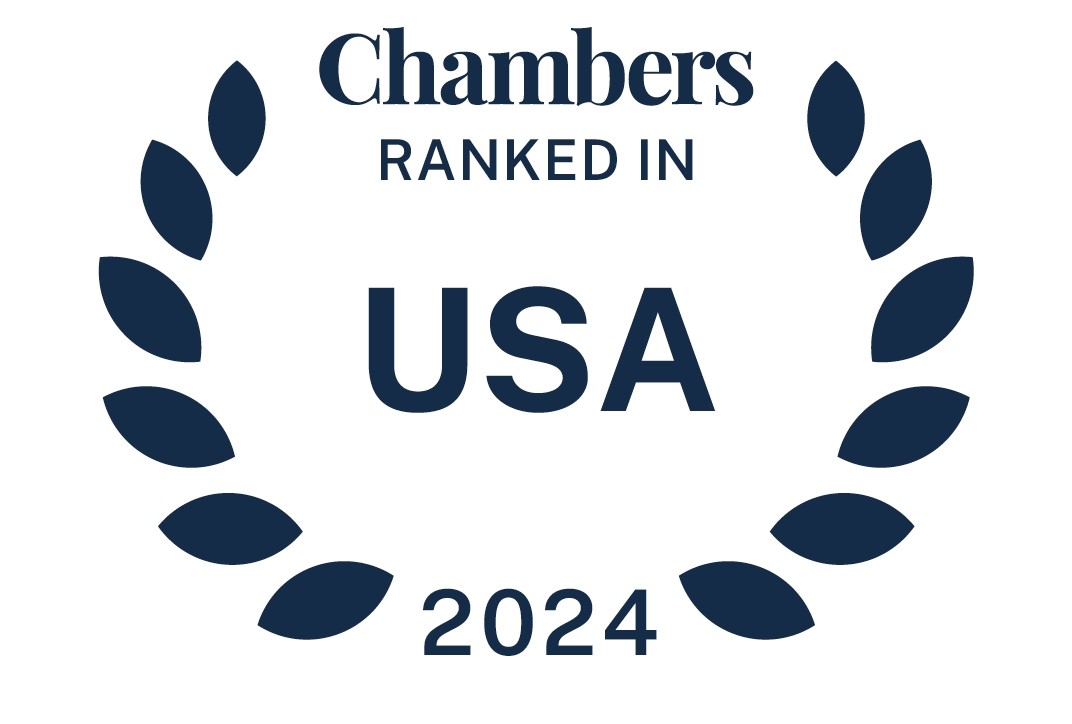The Internal Revenue Service (IRS) recently released Tax Tip 2025-59, reminding employers that they can support employees’ undergraduate or graduate education through educational assistance programs. These programs can cover costs such as tuition, books, supplies, equipment, and other fees, as well as qualified student loan repayments.
Allison Wilkerson weighs in on ESOP legislation in PLANSPONSOR
The US House of Representatives’ Committee on Education and Workforce recently advanced three retirement-related bills, including the bipartisan Retire through Ownership Act, which aligns Employee Stock Ownership Plan (ESOP) valuations with Internal Revenue Service standards. Allison Wilkerson said the bill would “go a long way” in reducing the valuation and fiduciary risk for ESOP trustees who currently depend heavily on case law due to limited formal guidance.
Learn more about these retirement-related bills in this PLANSPONSOR article.
FTC chairman warns healthcare employers about noncompetes
On September 10, 2025, Federal Trade Commission (FTC) Chairman Andrew N. Ferguson sent letters to major healthcare employers and staffing agencies, encouraging them to review their use of noncompete agreements and restrictive covenants. He warned that the FTC will pursue enforcement against overly broad or unjustifiably restrictive noncompetes that hinder worker mobility or limit patient choice. This action, among others, signals the FTC’s intent to scrutinize such agreements – particularly in the healthcare sector – on a case-by-case basis.
DOJ guidance on unlawful discrimination: Implications for DEI practices in the private sector
On July 29, 2025, the US Department of Justice (DOJ) issued a guidance memorandum that defines what it considers to be “unlawful discriminatory policies and practices” under federal civil rights laws. The guidance also includes a list of non-binding “best practices” to help entities decrease the risk of legal violations. While the guidance is primarily geared toward federal funding recipients, the DOJ warns that private employers subject to federal civil rights statutes should review the guidance and ensure their employment practices do not run afoul of federal law.
Learn what implications the DOJ’s guidance has for DEI practices in the private sector.
AI in employer-sponsored group health plans: Legal, ethical, and fiduciary considerations
Artificial intelligence (AI) has increasingly been integrated into the tools used by and for employer-sponsored group health plans, prompting a multitude of concerns. In this article, we discuss key issues that require immediate attention from both plan sponsors and plan administrators.







